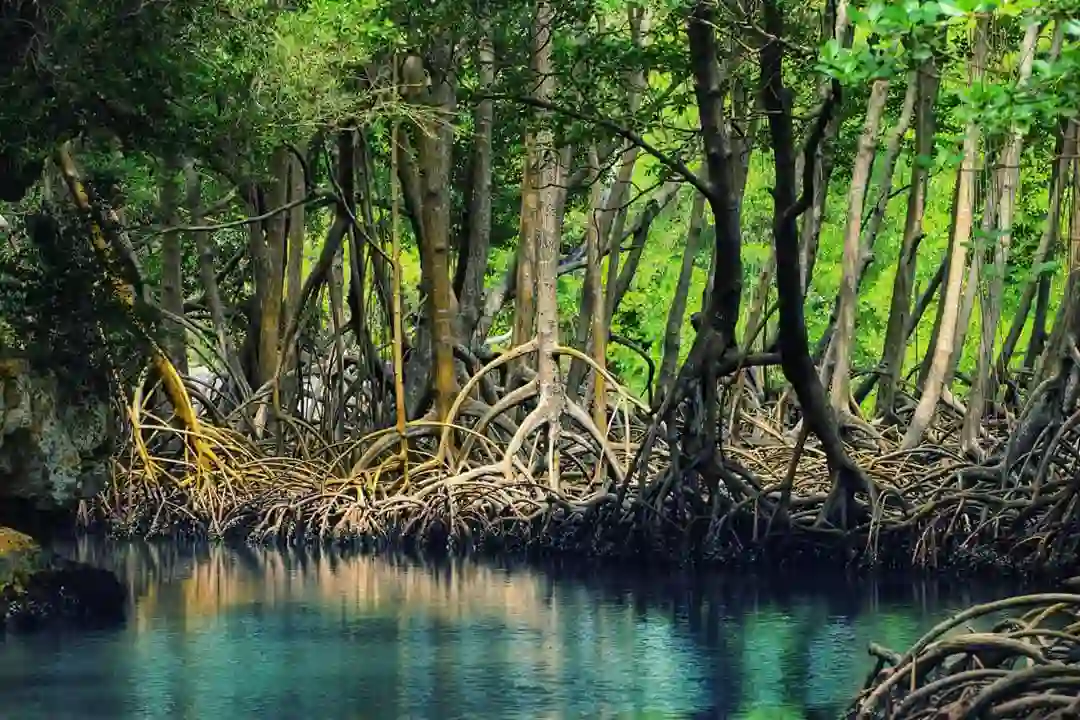A study conducted by Shrushti Conservation Foundation, a Pune-based NGO, found that the presence of mangroves along the coast of Maharashtra helped in prevention of seawater entering the areas adjoining it.
The NGO’s study found that the damage caused by Nisarga cyclone which took place in June 2020 and Tauktae which happened in May 2021, in mangrove and non-mangrove areas revealed that due to the presence of vegetation on the coasts and the mangroves the damage to houses in several areas was reduced. In most of the cases, the roofs of the houses were damaged.
Today is International day for conservation of mangrove eco-system.
A simple model explaining how this ecosystem is a natural infrastructure for protecting the coasts against wave action, storms surge, currents & tides.Protect it where ever you can. pic.twitter.com/iDhbE3mX1r— Susanta Nanda IFS (@susantananda3) July 26, 2022
The mangroves played a vital role in protecting the sediments and stabilising them while also acting as a buffer thereby minimising the damage to the areas close to it due to the floods. Elaborating on this the study mentioned: “Compared to the non-mangrove areas, the mangrove vegetation received less damage in moderate and high impact classes, suggesting the vital role of mangroves during cyclones, except for the Velas-Bankot cluster in Ratnagiri district.”
The study which was integrative was first ever done in the State. Research on similar lines was done earlier to find out about the impact of mangroves on India’s east coast which is vulnerable to cyclones.
The present study was commissioned by Maharashtra Government’s Mangrove Foundation last year. The objective of this study was to find out how effective the mangrove patches in Raigad and Ratnagiri districts were in controlling the damage to the coastline because of the Nisarga and Tauktae cyclones.




















